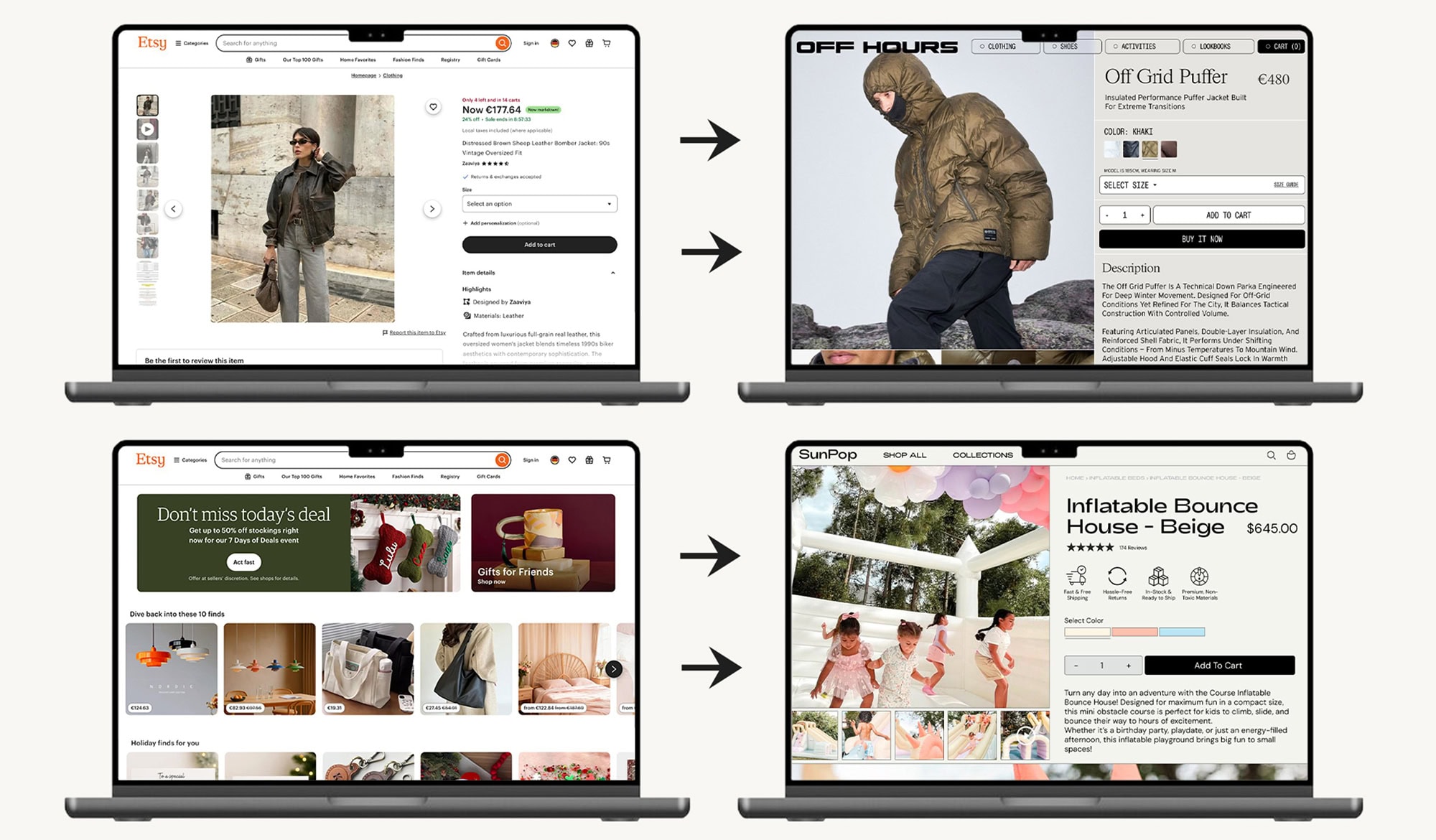Expanding your Shopify store into multiple languages is exciting, but without proper SEO setup, you could be duplicating content, confusing search engines, and losing potential traffic.
Multi-language SEO is often done wrong because businesses focus on translations alone — they forget that search engines need signals for which content belongs to which audience. Done right, multilingual SEO can increase visibility, conversions, and trust across each local market.
In this guide, you’ll learn how to structure, optimize, and monitor your Shopify store for multiple languages while keeping SEO strong in every region.
How Shopify Handles SEO for Multi-Language Sites
Shopify automatically handles some SEO basics, but there are important details you need to control for multilingual stores:
- Canonical URLs – Shopify automatically sets canonical tags to avoid duplicate content issues.
- Translated metadata – Titles, descriptions, and meta tags should be localized per language.
- Automatic hreflang tags – Shopify generates hreflang tags for language versions if you use Translate & Adapt, helping Google serve the right page to the right audience.
While Shopify covers the basics, you need to manually check content, metadata, and URL structures to maximize your international SEO.
Understanding hreflang Tags (and Verifying Them)
Hreflang tags tell search engines which version of a page to show for each language or region. Without them, Google may:
- Serve the wrong language version
- Penalize pages for duplicate content
- Reduce your visibility in local search results
How to check your hreflang tags in Shopify:
- Enable translations via Shopify Translate & Adapt or a multilingual app like Weglot/Langify.
- Open your site in the browser and view source (
Ctrl+U/Cmd+U). - Verify that
<link rel="alternate" hreflang="xx-YY" href="URL">is present for every translated page.
Pro tip: Test with Google Search Console or third-party tools like Hreflang Checker to ensure every language and region is covered correctly.
Local Keyword Research by Language
Direct translations of your main keywords often don’t match local search behavior. For example:
- English: sneakers
- British English: trainers
- Hungarian: cipők
- German: Turnschuhe
How to do it:
- Use Google Keyword Planner, Ahrefs, or SE Ranking with country/language filters.
- Identify search intent variations — the same product may be searched differently in each market.
- Update page titles, headings, and product descriptions with local keywords.
Tip: Focus on long-tail, intent-driven keywords for higher conversion, especially in less competitive European markets.
Translating URLs, Metadata, and Alt Text
SEO signals don’t just come from page text. Ensure:
- URLs – Translate slugs where possible (
example.com/hu/teniszcipok) - Meta titles & descriptions – Localize for language and search intent
- Alt text for images – Include local keywords while keeping descriptions natural
Shopify tip: Avoid duplicating content without translation. Each language version should feel native to the target audience.
Domain and Folder Structures for SEO Success
How you structure your URLs matters for SEO and usability. There are three main approaches:
Subfolders (example.com/de)
- Pros: Best for SEO, keeps authority centralized, easy to manage
- Cons: Minimal; generally recommended for most EU brands
Subdomains (de.example.com)
- Pros: Separates markets and makes scaling easier
- Cons: Slightly weaker SEO, requires more technical setup
Country Code Top-Level Domains (ccTLDs) (example.de)
- Pros: Builds local trust and strong local SEO signals
- Cons: Higher cost, requires separate domain management
For most stores, subfolders are the recommended approach because they are simpler to manage, retain SEO authority, and are highly effective for search engines.
Local Backlinks and Press Mentions for Authority
Multilingual SEO isn’t just on-page — your store needs local authority signals:
- Outreach to local bloggers, influencers, and press
- Earn links from local directories or industry sites
- Share your brand story in each target market
These links improve rankings and signal relevance to Google in each region.
Tools for Monitoring Multilingual SEO Performance
Track your progress and fix issues quickly with:
- Google Search Console – Separate properties or language filters
- Ahrefs / SE Ranking – Track keyword rankings by country and language
- Screaming Frog / Sitebulb – Audit hreflang, meta tags, and internal linking
Monitoring regularly ensures that each language version performs as intended and avoids duplicate content issues.
Optimizing a multi-language Shopify store isn’t just about translation — it’s about structured, localized SEO. With proper hreflang implementation, localized keywords, metadata, and authority-building, your store can rank and convert in every market you enter.
At Storix, we help brands optimize Shopify SEO, ensuring translations, metadata, URLs, and technical setup are all SEO-friendly while keeping your brand consistent.








.jpg)

